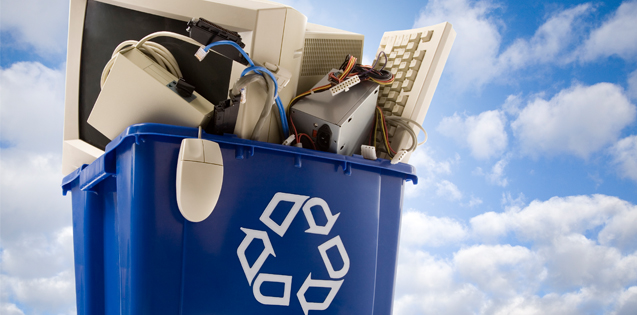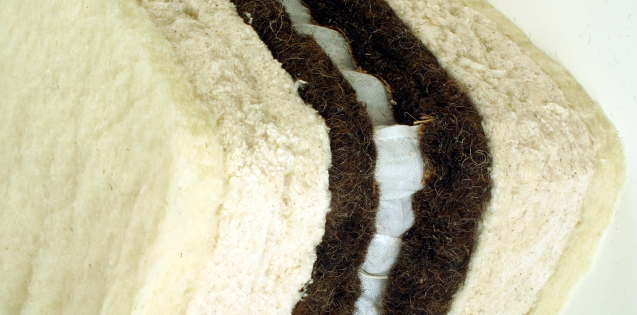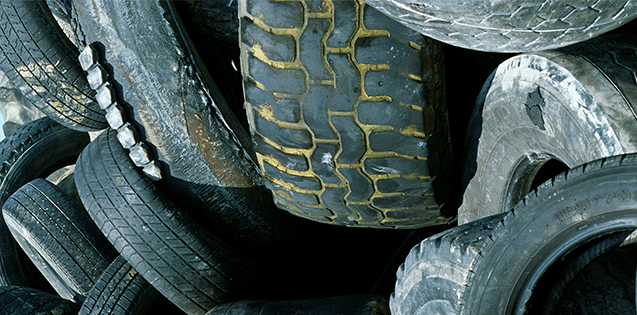Illinois Product Stewardship Council
ILPSC Mission
The mission of the ILPSC is to shift the product waste management system in Illinois from one focused on government-funded and ratepayer-financed waste diversion to one that relies on producer responsibility in order to reduce public costs, increase opportunities for waste minimization and resource recovery, raise recycling rates, and drive improvements in product design that promote environmental sustainability.
Legislation in Illinois
There are five EPR laws in Illinois:
Highlight: Packaging EPR
An extended producer responsibility for packaging and paper products would require brand owners (“producers”) to pay for and manage a statewide recycling system for packaging and paper products – including cardboard, plastic, metal, paper, and other common recyclables. The producers would form an independent nonprofit organization, called a Producer Responsibility Organization (PRO), to coordinate, fund and manage a statewide recycling system and create one consistent statewide list of what can be recycled. The PRO will cover 100% of the costs of recycling collection and processing for single and multi-family residences; public and private schools (K-12); state and local agencies; and public spaces including but not limited to parks, trails, transit stations, and pedestrian areas.
Diverting waste from landfills to be recycled and reused is good for the planet. Recycled content products use less resources and have a lower impact on the environment. In some cases, extracting new resources from the Earth can cause significant harm to the environment and human health. Recycling reduces greenhouse gas emissions.
A secondary benefit comes from the eco-modulation aspect of the legislation. When producers use packaging that is designed for the environment and more easily recyclable, their fees will be lower. Producers that continue to use packaging that is not recyclable or even harmful to current recycling systems will pay a higher fee for that packaging. The legislation will drive innovation to ensure that more products on store shelves come in packaging that is environmentally friendly and easily recycled here in Illinois.
ILPSC EPR Fact Sheets:
Product stewardship is the act of minimizing the health, safety, environmental, and social impacts of a product and its packaging throughout all lifecycle stages, in turn strengthening the local, regional, and national economy. Manufacturers have the greatest ability to minimize their products’ adverse impacts, but other stakeholders—such as suppliers, retailers, and consumers—also play a role. Stewardship can be either voluntary or required by law.
The growing Product Stewardship movement in the United States seeks to ensure that those who design, manufacture, sell, and use consumer products take responsibility for reducing negative impacts to the economy, environment, public health, and worker safety. These impacts can occur throughout the lifecycle of a product and its packaging, and are associated with energy and materials consumption; waste generation; toxic substances; greenhouse gases; and other air and water emissions. In a Product Stewardship approach, manufacturers that design products and specify packaging have the greatest ability, and therefore greatest responsibility, to reduce these impacts by attempting to incorporate the full lifecycle costs in the cost of doing business.
In your fiscal planning processes, please consider allowing for or requesting an ongoing amount for annual membership with the Product Stewardship Institute (PSI). Supporting PSI will ultimately save money for local governments while growing recycling programs for a variety of hazardous and hard-to-recycle materials.
PSI is a national non-profit environmental institute, working with state and local government agencies to partner with manufacturers, retailers, environmental groups, federal agencies, and other key stakeholders to reduce the health and environmental impacts of consumer products, and to share responsibility for end-of-life solutions for those consumer products. PSI has helped many states to successfully propose and adopt product stewardship laws, including the Illinois Electronics Recycling and Reuse Act.








